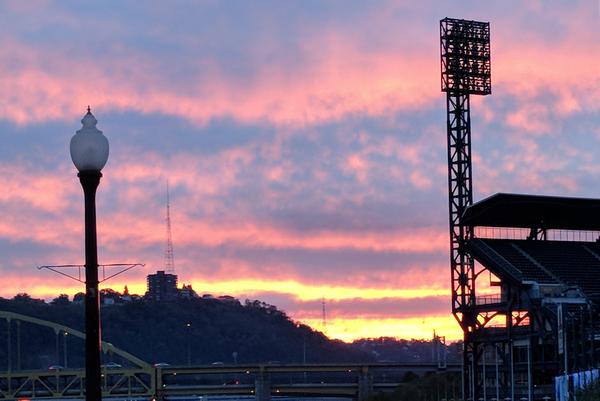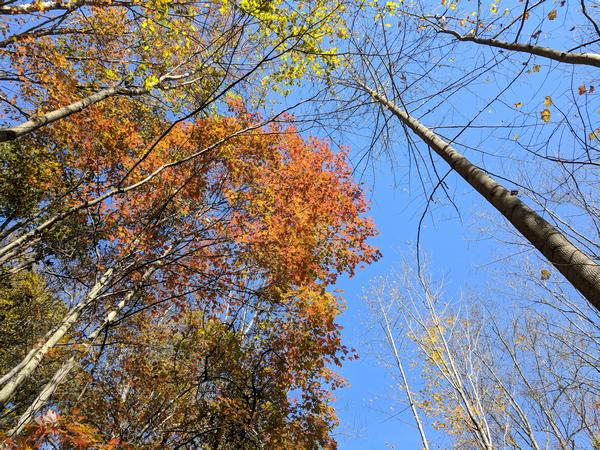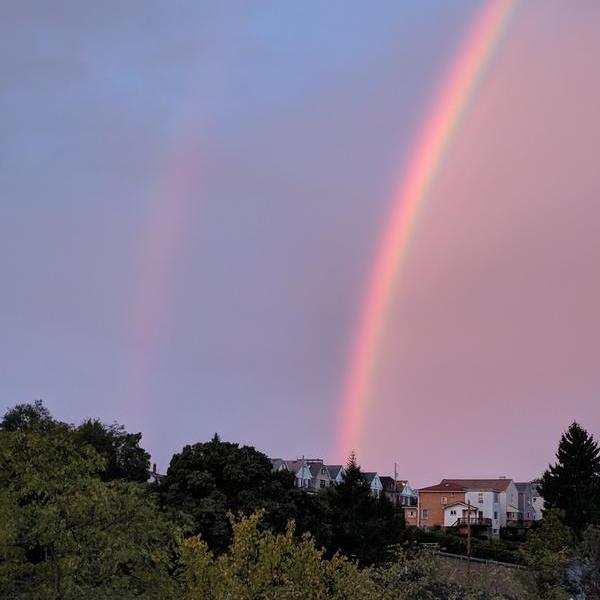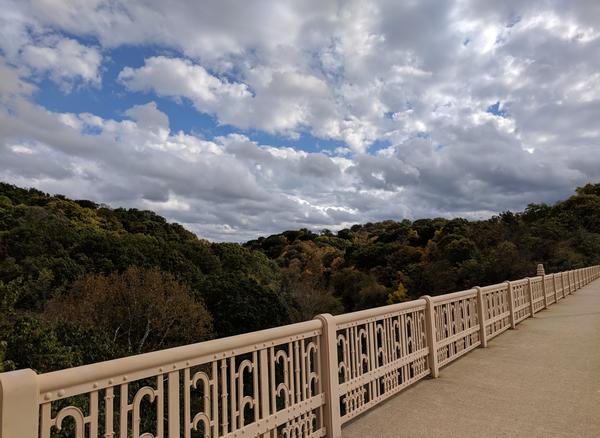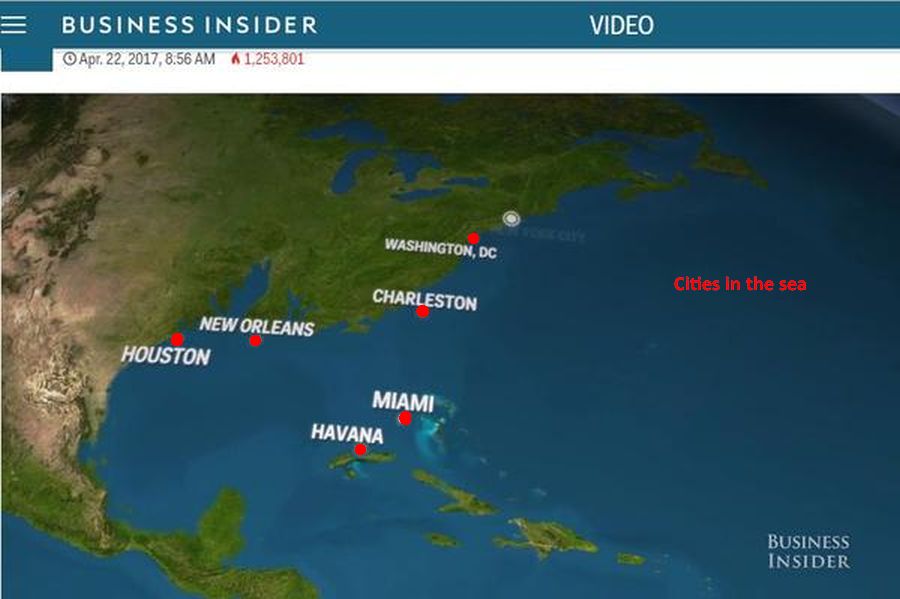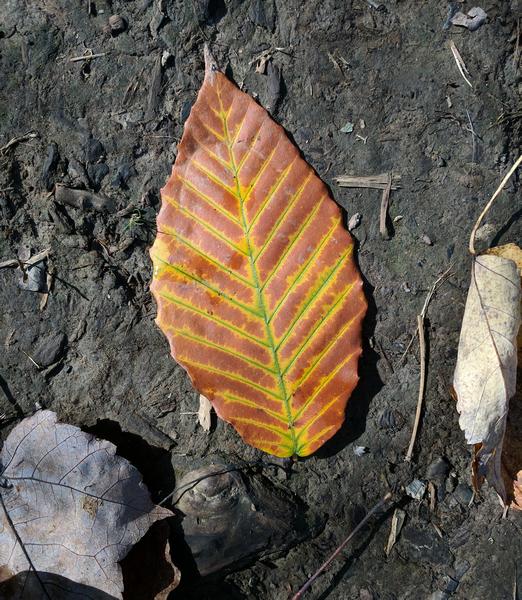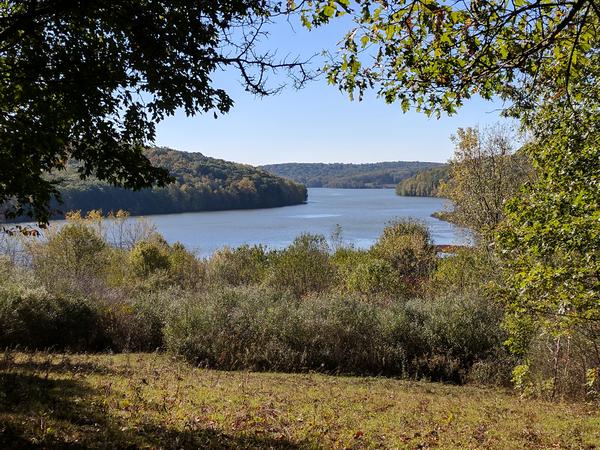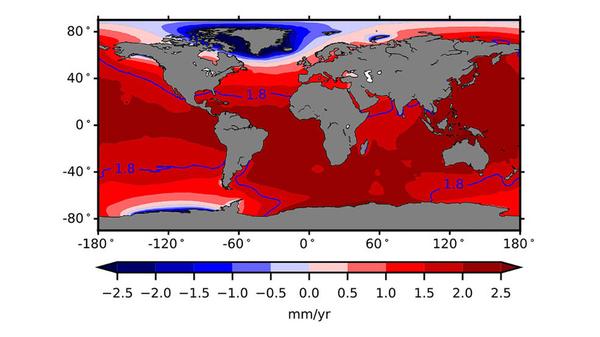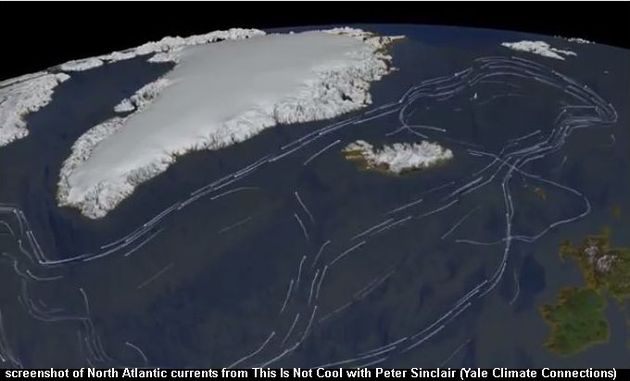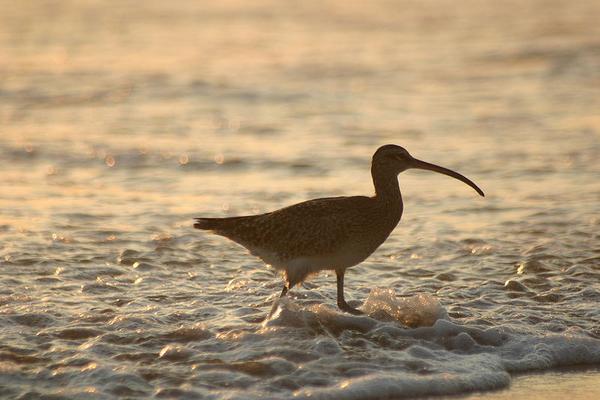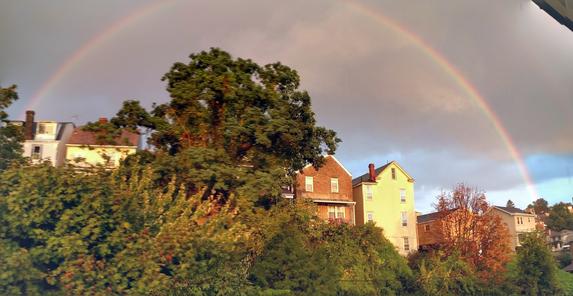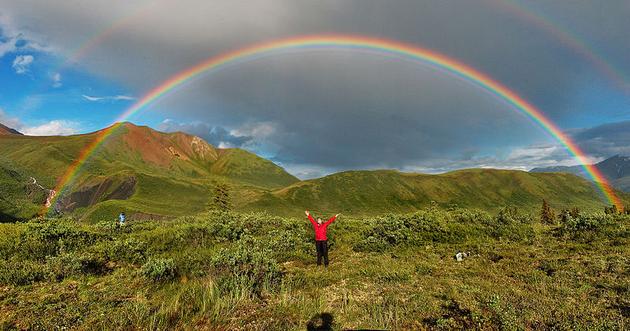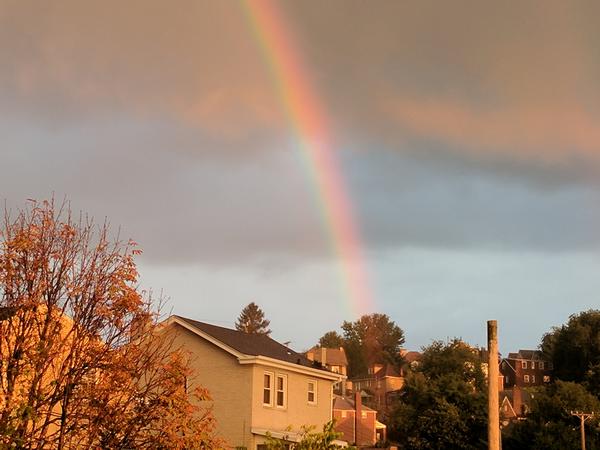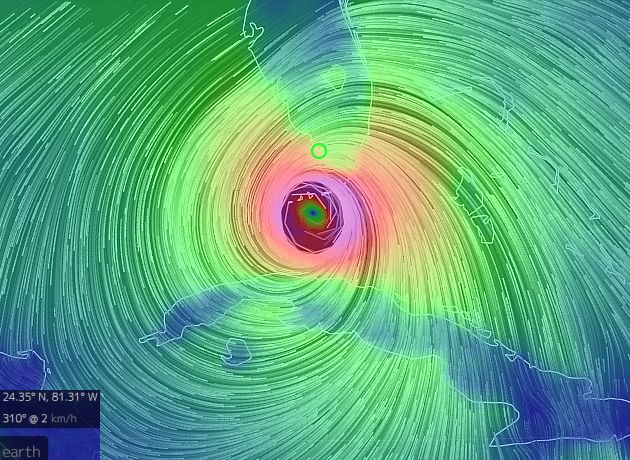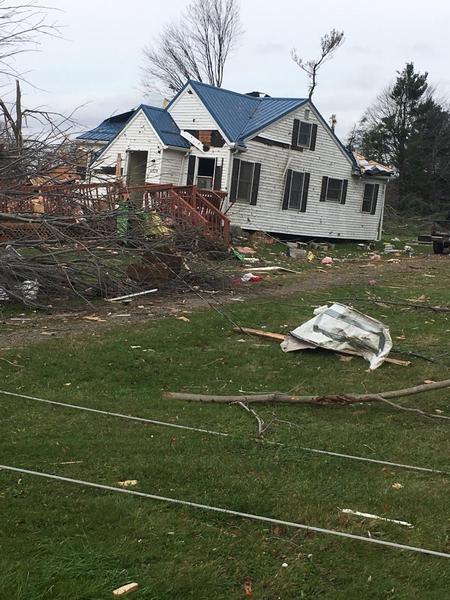
13 November 2017
You know things are strange when there’s an outbreak of 15 tornadoes in Ohio and western Pennsylvania in November.
Just over a week ago, on Sunday November 5, 2017, a cold front passed over the southern Great Lakes and Ohio River Valley. Before the front arrived it was humid and around 70 degrees — as much as 17 degrees above normal — so the front’s leading edge spawned 15 tornadoes in Ohio and PA.
The National Weather Service in Cleveland mapped 14 of them in their region. I’ve added the EF-1 tornado in Calcutta, Ohio just west of Beaver County, PA reported by the National Weather Service in Pittsburgh. Yes, 15 tornadoes!
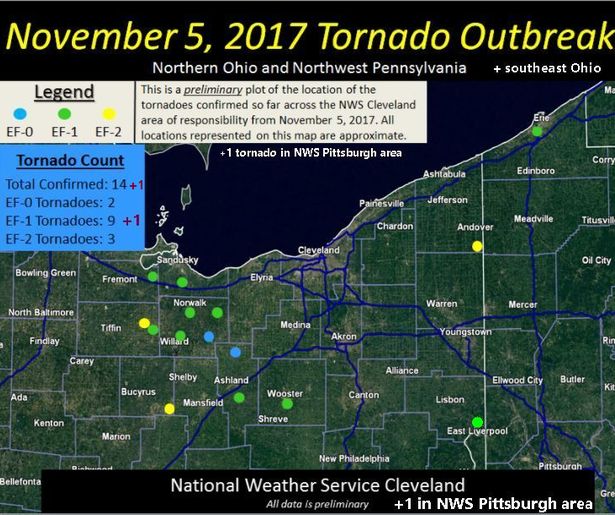
The tornado in Williamsfield, Ashtabula County, Ohio was one of the strongest, an EF-2 with winds of 127 miles per hour. It cut a swath 7 miles long ending at the western shore of Pymatuning Lake. The damaged house shown above makes me glad I wasn’t there!
Calcutta, Ohio’s EF-1 tornado in the Pittsburgh Forecast Area blew down some trees and damaged the local YMCA. And an EF-1 tornado blew through the city of Erie, PA for 2.4 miles, downing trees and crossing I-79 on its way. Here’s its path through a very populated area.
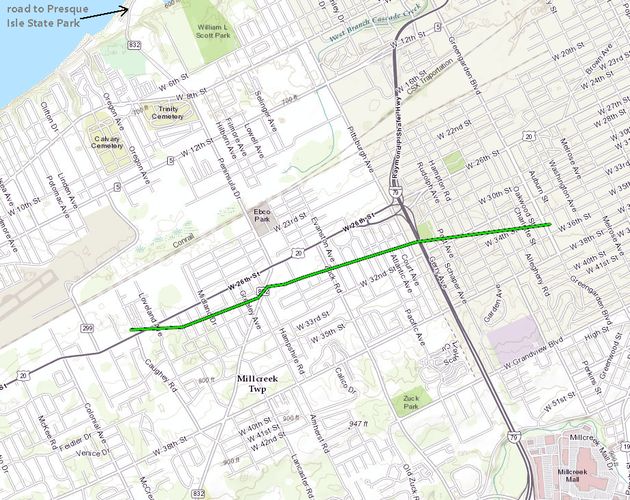
Pittsburgh’s National Weather Service office points out how rare even one tornado is for our forecast area in November:
This [Calcutta, Ohio tornado] is the 14th confirmed tornado so far this year in our county warning area. On average, we see five tornadoes a year. This is the first November tornado since 2003 /14 years/ in New Philadelphia, Ohio. This is the 5th tornado in November for Columbiana county since 1950.
— from Pittsburgh NWS
Experts say that climate change increases the frequency of severe weather. I’d say that 15 tornadoes in November look like a good example.
p.s. From Nov 5 to Nov 10, 2017 the temperature in New Philadelphia, Ohio went from 17 degrees above normal to 15 degrees below normal. Yo-yo weather.
(photo and maps from the National Weather Service in Cleveland. 14-tornado map altered to include the EF-1 tornado in Calcutta, Ohio reported by the National Weather Service in Pittsburgh. Click on the images to see the originals)
